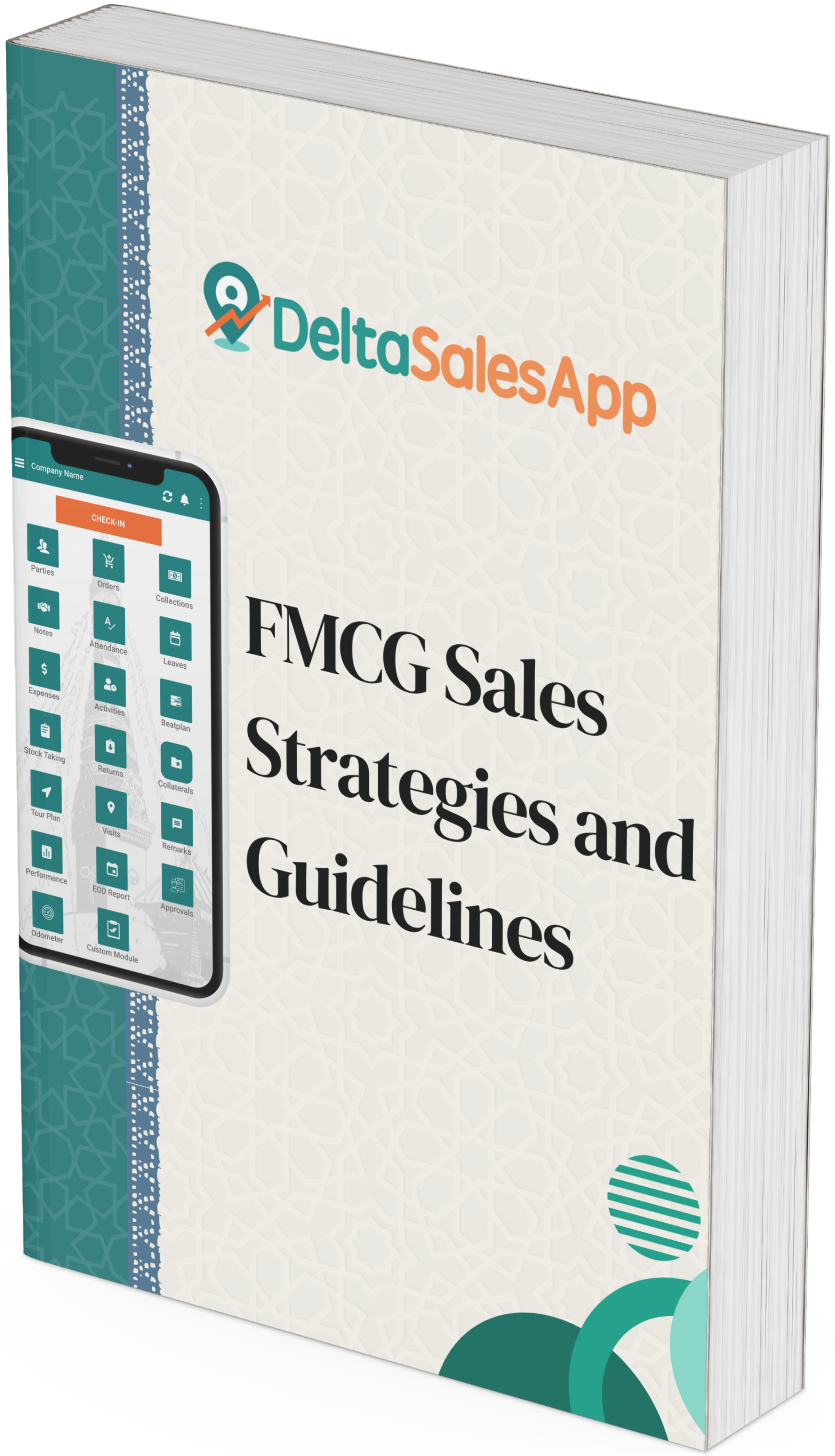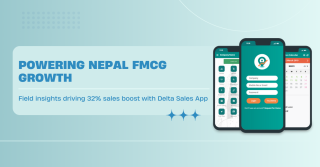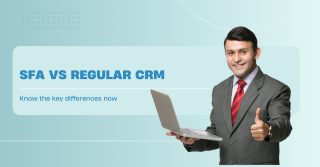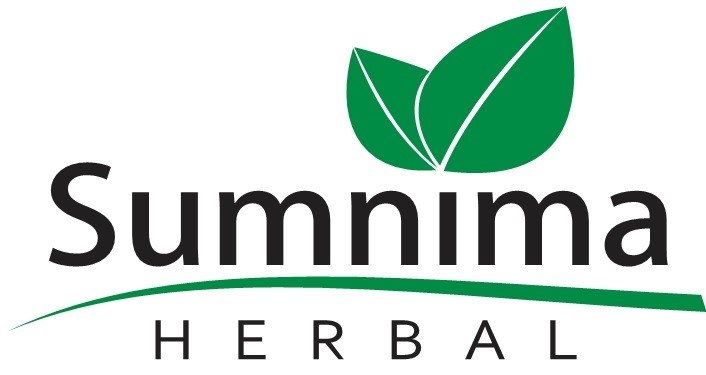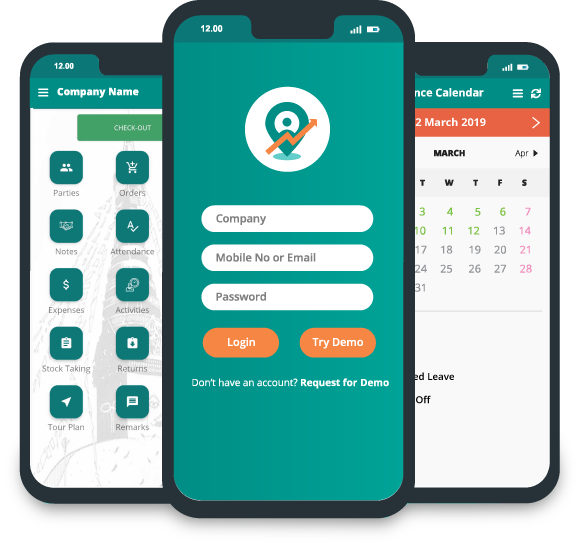How Strategic Partnerships Are Driving Growth in SaaS
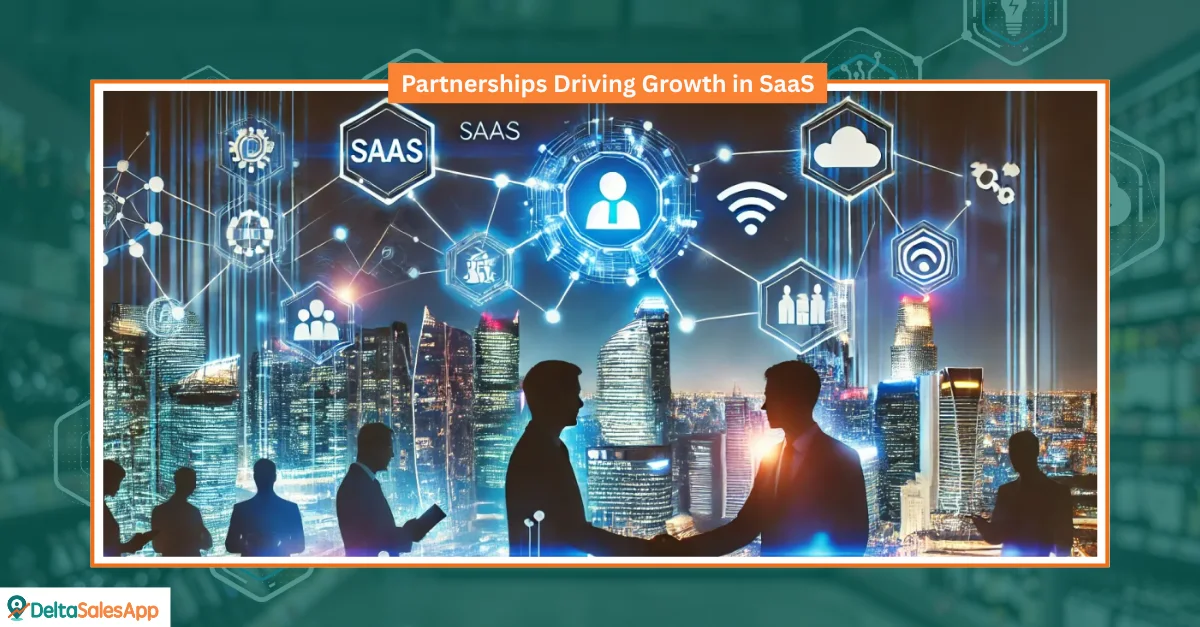
In today’s hyper-competitive software market, strategic partnerships in SaaS (Software-as-a-Service) have become a crucial lever for sustainable growth. As customer acquisition costs rise and differentiation becomes more difficult, SaaS companies are increasingly turning to alliances that go beyond traditional vendor-client relationships. CallRail increased adoption of their HubSpot integration by 167%, drove 3x HubSpot-sourced opportunities year-over-year, and achieved a 42% higher free trial-to-customer conversion rate by leveraging strategic partnerships and Ecosystem-Led Growth (ELG) strategies.
From API integrations and reseller agreements to co-marketing campaigns and platform ecosystems, strategic partnerships can unlock exponential growth opportunities. This blog explores how these partnerships are driving the SaaS industry forward, with real-world examples, partnership types, and actionable insights.
Why Strategic Partnerships Matter in SaaS
While a great product may win attention, sustaining growth in SaaS now requires more than innovation alone. Today’s most successful SaaS brands are thriving by building strong partner ecosystems that deliver value at scale. Strategic partnerships allow SaaS companies to:
- Access new customer bases
- Accelerate market entry
- Expand product offerings through integrations
- Share resources and reduce costs
- Build trust through third-party endorsements
In a market where customer expectations evolve rapidly, partnerships provide the flexibility and scalability that internal efforts often can’t match.
Types of Strategic Partnerships in SaaS
Strategic partnerships play a critical role in scaling SaaS businesses by accelerating growth, expanding reach, improving user experience, and unlocking new revenue streams. Below are the four most impactful types of partnerships SaaS companies should consider:
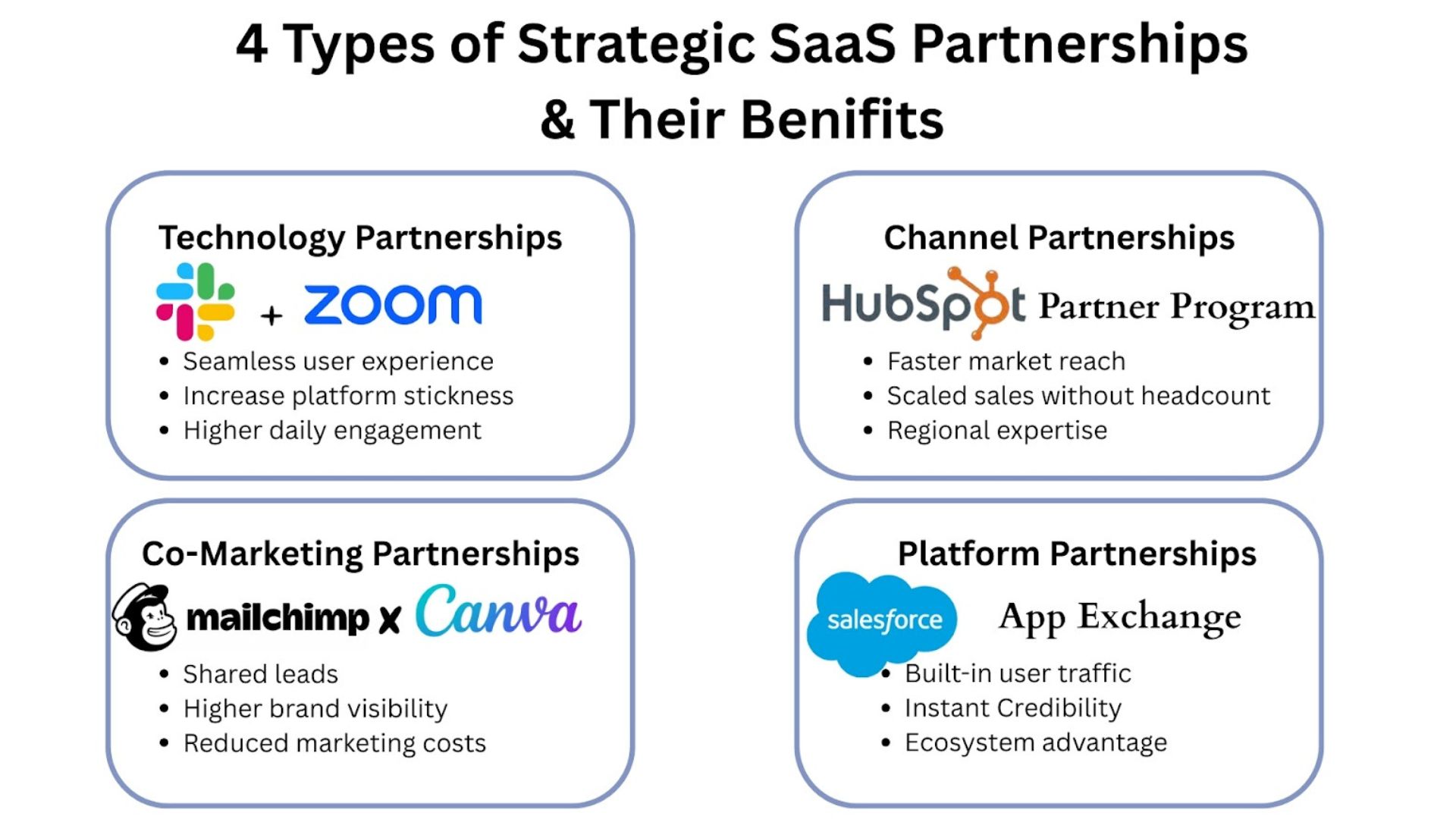
1. Technology Partnerships
Technology partnerships involve collaborations centered around product integration, shared technical infrastructure, and complementary capabilities. These often include API integrations, SDKs, or cloud services.
Example:
📌 Slack’s integration with Google Drive and Zoom
Slack’s integrations with Google Drive and Zoom allow users to collaborate, share files, and launch meetings from within Slack. This increased utility made Slack a central hub for remote teams.
2. Channel Partnerships
Channel partnerships involve external entities such as resellers, consultants, Value-Added Resellers (VARs), or Managed Service Providers (MSPs) that promote, sell, and sometimes support your SaaS product in new or existing markets.
Example:
📌 HubSpot’s Partner Program
HubSpot empowers marketing agencies to sell and implement its CRM system. These agencies gain new revenue streams while HubSpot benefits from scaled customer acquisition without hiring a direct sales team.
3. Co-Marketing Partnerships
In co-marketing partnerships, two SaaS companies collaborate on joint promotional efforts. This could include co-hosted webinars, eBooks, blog posts, email campaigns, or social media promotions.
Example:
📌 Mailchimp x Canva Design Guide
Mailchimp and Canva joined forces to publish a co-branded guide. The collaboration spoke directly to small business owners and marketers, offering design and email tips from both platforms.
4. Platform Partnerships
Platform partnerships embed your SaaS solution into a larger ecosystem typically via marketplaces or app stores. These platforms become a distribution and discovery engine for your product.
Example:
📌 Salesforce AppExchange
Salesforce’s AppExchange is a marketplace where SaaS vendors can integrate and sell their applications. It gives partners access to Salesforce’s extensive enterprise user base and adds functionality to Salesforce's ecosystem.
How Strategic Partnerships Drive SaaS Growth
Modern SaaS growth is no longer driven by product alone, it's powered by strategic ecosystems that extend reach and deepen value. As customer expectations evolve and the cost of acquiring and retaining users continues to rise, forward-thinking SaaS companies are turning to strategic partnerships as a force multiplier. These collaborations, whether with tech platforms, resellers, consultants, or even competitors, unlock opportunities that go far beyond traditional go-to-market strategies.
Let’s explore how strategic partnerships can serve as a catalyst for sustainable SaaS growth:
1. Accelerating Customer Acquisition
Strategic alliances can give you direct access to pre-qualified audiences. Whether through integrations or partner-led referrals, the trust built into these relationships reduces friction and acquisition costs.
2. Improving Retention with Better Value
When your product integrates well with other tools users rely on, it becomes stickier. Customers are less likely to churn when your platform is embedded in their daily workflows.
Example:
📌 Zapier
Zapier’s integrations with over 5,000 apps make it an irreplaceable automation tool for power users, even though its core features are simple.
3. Faster Product Development
Instead of building every feature internally, SaaS companies can partner with others to enhance functionality without overburdening their development teams.
Example:
📌 Asana + Zoom Integration
Rather than creating its own video solution, Asana partnered with Zoom to allow users to launch meetings directly from tasks.
4. Global Market Expansion
Entering new regions is challenging due to legal, linguistic, and cultural barriers. Local partners help SaaS brands scale faster with on-the-ground expertise.
Example:
📌 Zendesk
Zendesk leveraged regional resellers and support providers to expand rapidly across APAC without needing to build large internal teams.
5. Brand Authority and Thought Leadership
Partnerships with reputable brands lift your credibility. Co-branded content, events, and campaigns position you as a trusted player in your niche.
Common Challenges in Strategic SaaS Partnerships & How to Overcome Them
Strategic SaaS partnerships can drive significant value, but they also come with hurdles. Misalignment, cultural clashes, or over-dependence on a single partner can quickly erode the intended benefits. Here’s a breakdown of the most common issues SaaS companies face and actionable strategies to overcome them.
1. Misaligned Objectives
If one partner wants brand visibility while the other wants immediate sales, conflicts arise.
Solution:
- Establish clear shared goals, KPIs, and timelines upfront. Use joint success plans and quarterly reviews to stay aligned.
2. Cultural and Operational Differences
Different communication styles, workflows, and decision-making speeds can cause friction especially when partnering with startups or enterprise companies.
Solution:
- Define communication protocols, assign partnership managers on both sides, and hold onboarding workshops to build empathy and alignment.
3. Product Integration Complexities
Joint integrations often take longer than expected due to API mismatches, technical debt, or unclear product ownership.
Solution:
- Co-develop a technical roadmap. Start with a Minimum Viable Integration (MVI), gather feedback, and iterate before full rollout.
Building a Successful SaaS Partnership Strategy
Building strong SaaS partnerships is key to accelerating growth, improving products, and expanding reach. A good strategy leverages complementary strengths and creates mutual value. Success requires planning, clear communication, and ongoing management.
To build effective, scalable partnerships, follow this five-step framework:
- Define Objectives: Are you targeting revenue, reach, retention, or expansion?
- Identify Ideal Partners: Look for overlapping ICPs (Ideal Customer Profiles), non-competing value propositions, and similar maturity levels.
- Create a Value Exchange Map: What does each party give and get?
- Formalize Agreements: Use partnership charters, shared roadmaps, and regular sync-ups.
- Track and Optimize: Monitor performance, tweak campaigns, and sunset underperforming partnerships.
Delta Sales App: A SaaS Partnership Model in Action
Delta Sales App is a prime example of how a well-structured partnership strategy can drive value for all stakeholders. Delta Sales App is more than just a field sales automation tool it’s a growth engine for both businesses and their ecosystem of partners. Designed specifically for distributors, manufacturers, wholesalers, and field teams, this SaaS-based Android solution streamlines sales operations while boosting productivity
1. Affiliate Program – Promote, Earn, and Grow
Tailored for bloggers, consultants, and influencers, the Delta Sales App Affiliate Program enables partners to:
- Promote the platform to their audiences
- Earn commissions for successful referrals
- Add value to their communities with a proven field sales solution
By leveraging trusted voices, this referral-based model helps lower CAC while delivering credible, contextual product promotion.
2. Solutions Partner Program – Become a SaaS Solution Provider
Ideal for agencies and IT service firms, Solutions Partner Program allows partners to:
- Create and manage licenses for their clients
- Offer custom implementations and support
- Build recurring revenue streams through full-service offerings
This model encourages deep, long-term engagement, turning partners into strategic business enablers rather than one-time promoters.
The Future of SaaS Growth Is Collaborative
As SaaS markets mature, the companies that thrive will be the ones that build networks, not just products. Strategic partnerships when executed thoughtfully can act as a multiplier across the entire go-to-market funnel.
By expanding reach, enhancing product value, and lowering acquisition costs, SaaS partnerships are no longer a nice-to-have; they're a growth imperative.
Final Thoughts
Strategic partnerships aren’t just a growth hack, they're a long-term competitive advantage. With the right planning, alignment, and execution, these collaborations can unlock scalable growth, greater brand credibility, and richer user experiences.
Partner with us. Sign Up now to unlock growth opportunities.
